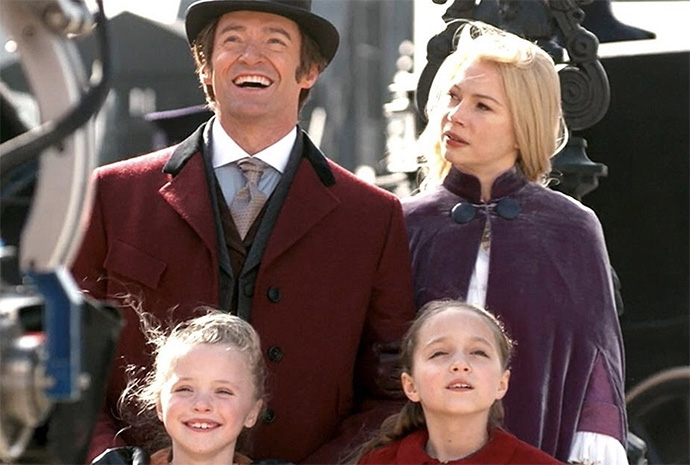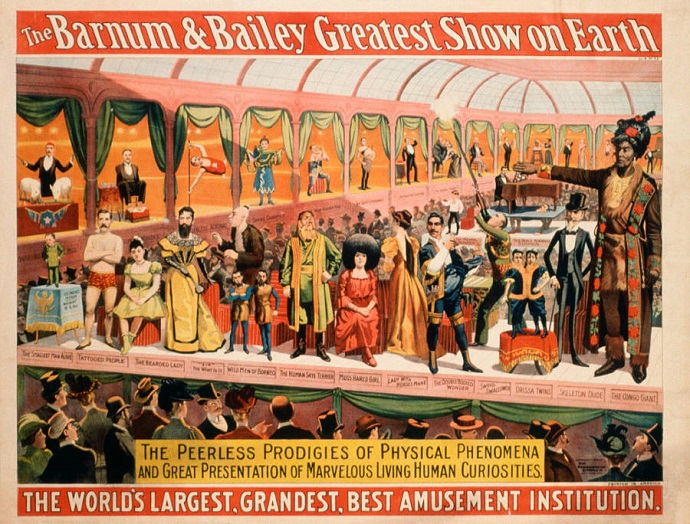The Greatest Showman is the latest biopic starring Hugh Jackman and Zac Efron that celebrates the skilled American businessman, politician and entertainer that was P.T. Barnum – dubbed the ‘Greatest Showman on Earth’ and the father of modern-day public relations and marketing. With the bells and whistles of a classic family-friendly musical, directed by Michael Gracey and with music by Benj Pasek and Justin Paul of La La Land, this film will no doubt draw audiences over the holiday season with its many song-and-dance numbers and memorable performances.

However, as with most films that are based on real-life events and characters, there is a natural curiosity about how historically accurate the story really is. We know that in the process of presenting a concise and palatable 2-hour narrative, there would be some whittling down of a person’s life story and sometimes exaggeration or fiction may be thrown in for dramatic effect. The fascinating aspect of The Greatest Showman, however, is that the real Barnum’s life may have been even more entertaining than the version Jackman embodies.

Reel Barnum: family-friendly

Of course, there are many aspects of the film which resonate with Barnum’s real-life story. Indeed, he did create a travelling circus filled with oddities and ‘freaks’ to entice the crowds, including the little person Charles Stratton (Sam Humphrey) – also known as General Tom Thumb – and the crowd-pleasing Bearded Woman (played by Keala Settle). He faced a violent backlash from townspeople who didn’t appreciate his form of entertainment and there was the newspaper critic, James Gordon Bennett (Paul Sparks), who challenged his methods of earning a buck.

Jackman’s Barnum overall, however, is a much more sanitised and family-friendly version compared to his real-life counterpart. In the film, the general theme is one of inclusion and pride in being who we are, and not having to conform to what is considered “normal”. It’s a noble message and one that seems to reflect today’s current moral and ethical landscape. However, the real Barnum has been remembered as being more ruthless and cold-blooded than the Tony winner’s uplifting portrayal. Some have accused Barnum of shamelessly exploiting his performers and fuelling his audience’s prejudice and racist stereotypes through his theatre and exhibitions.
Real Barnum: Wily Fox

In fact, Barnum is known in many history books for not only his career as an entertainer and cunning businessman, but also one of exaggeration, manipulation and the touting of lies in order to market his endeavour of the day (it is this reason why some pundits have made the comparison with the current U.S. President – calling Donald Trump the modern-day Barnum). One particular episode in Barnum’s stage career is noticeably absent from the film: his peddling of Joice Heth, an African American slave who Barnum claimed to be the 161-year-old nurse of George Washington (she was purportedly only in her 70s). This was Barnum’s first foray into theatrics and one which ended with a public autopsy of Heth that was deemed incredibly cruel and gruesome by journalist Harriet Washington (author of ‘Medical Apartheid’).

The Greatest Showman is a visually stunning and feel-good musical which celebrates Barnam, albeit airbrushing and cleaning up his chequered past to some degree. While he may not have been the fighter for social justice as much as he is portrayed on screen, the film provides an enjoyable and toe-tapping take on this entertainer and the broader circus and performing world in the 19th century. And besides, there are always the pages of history for those who want to dive deeper into the intricacies of this unquestionably significant and provocative figure in American history.






